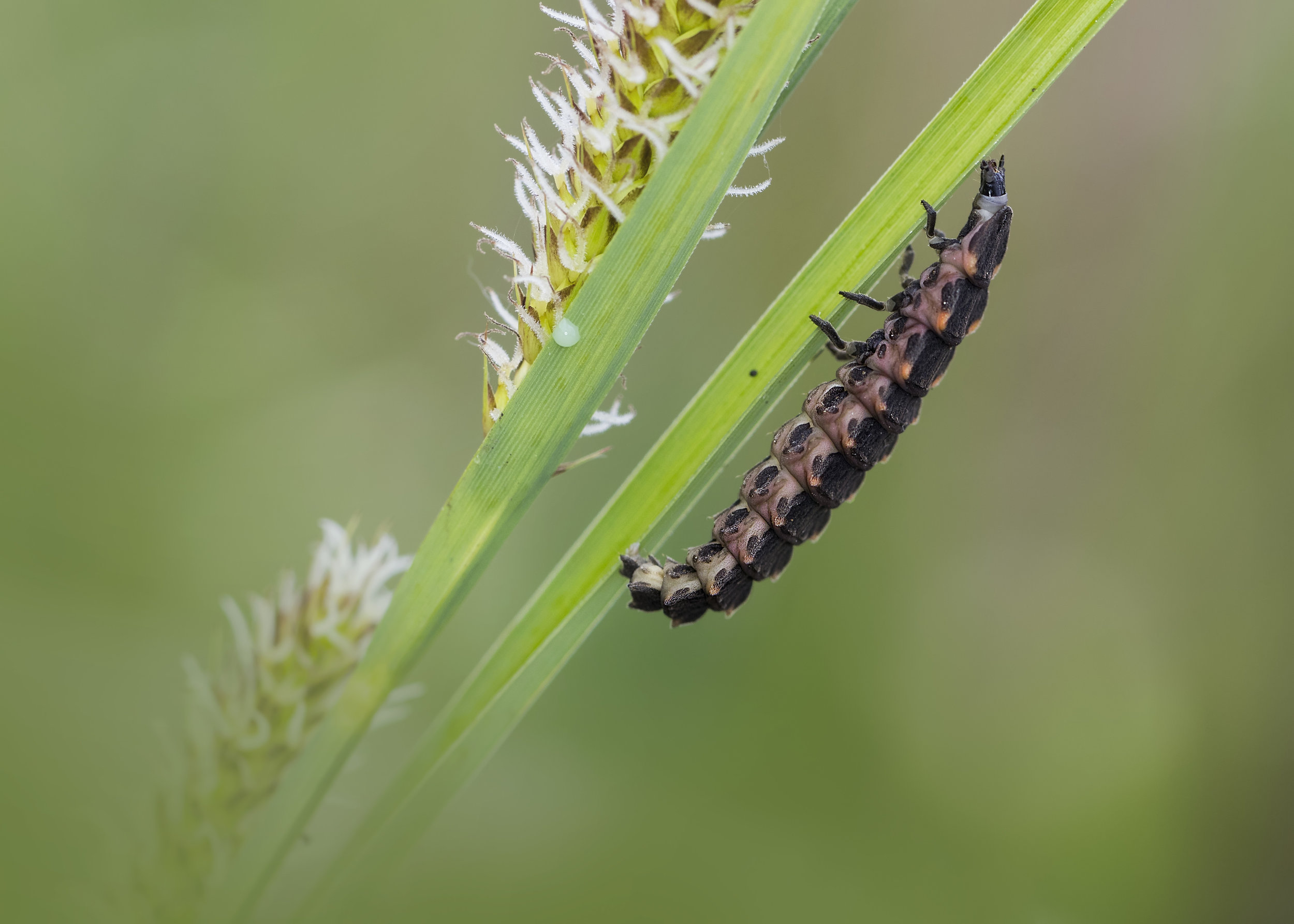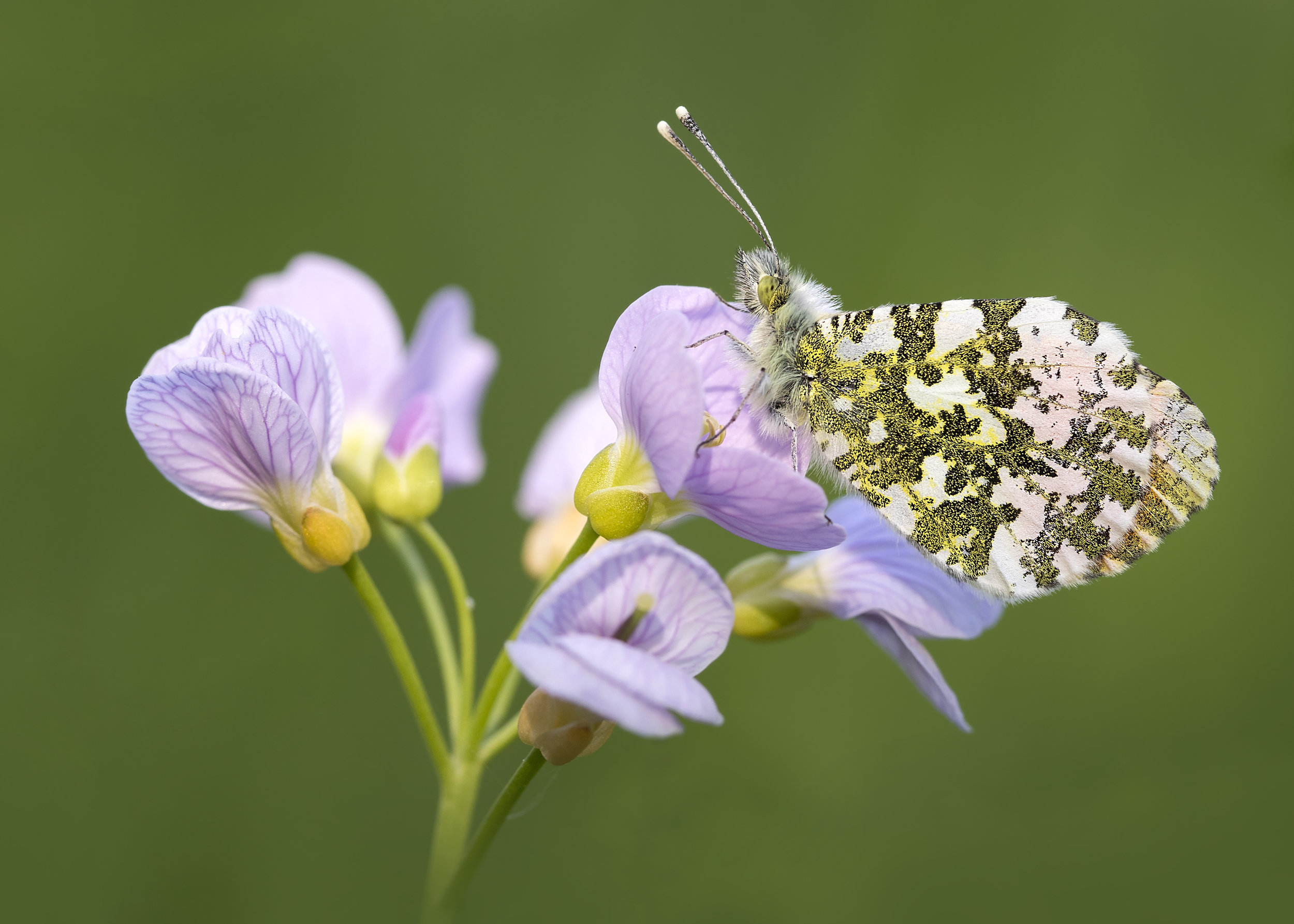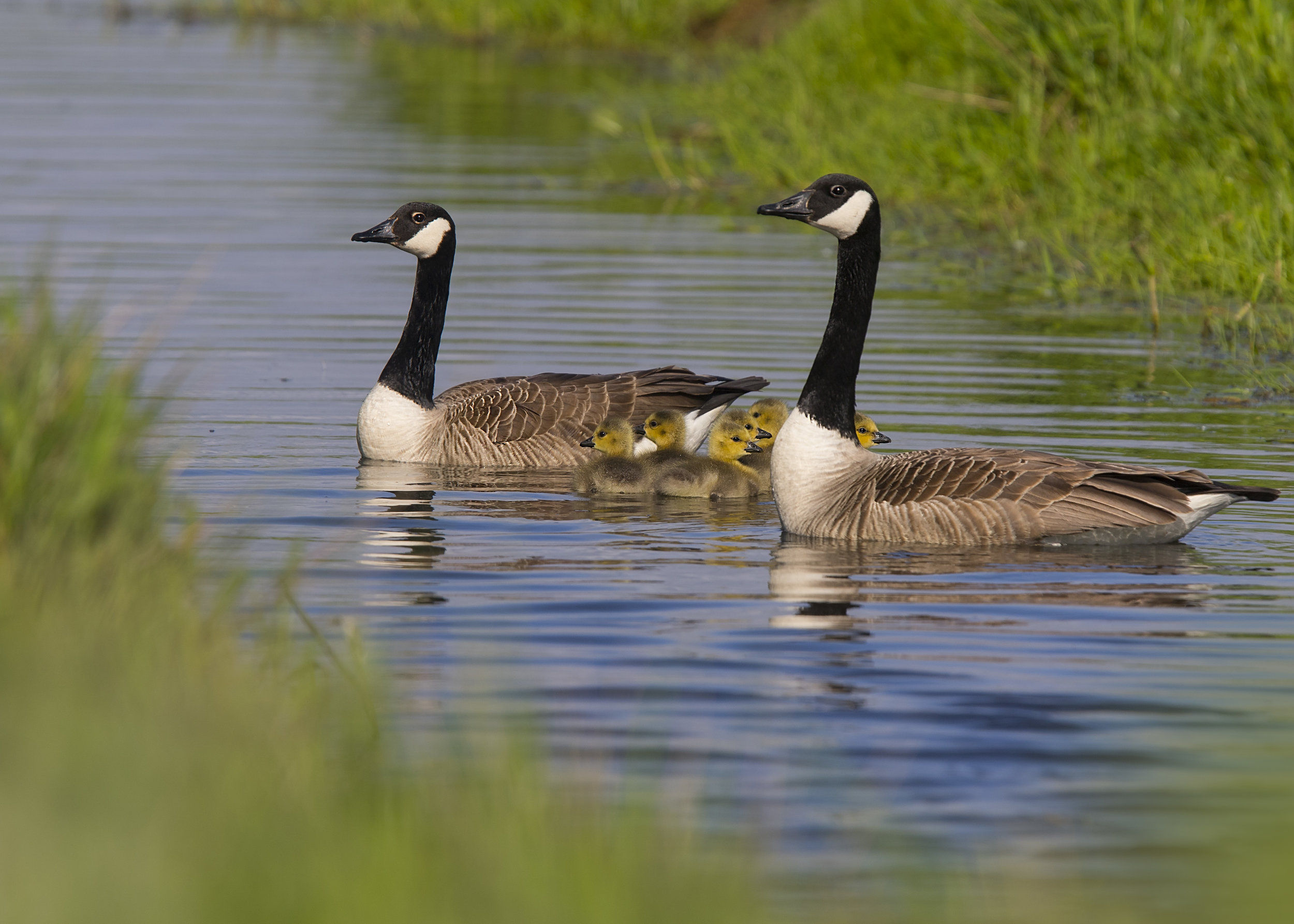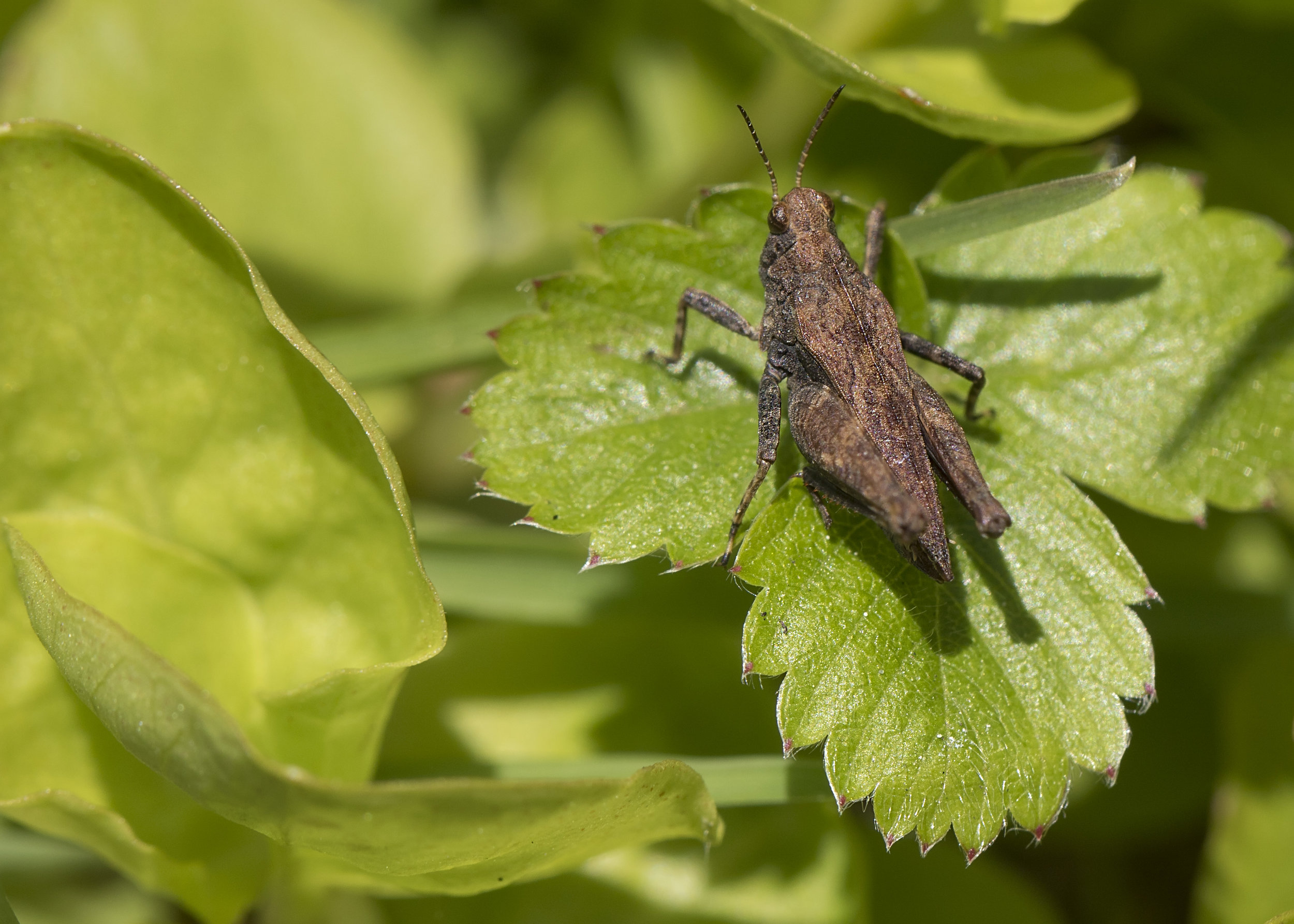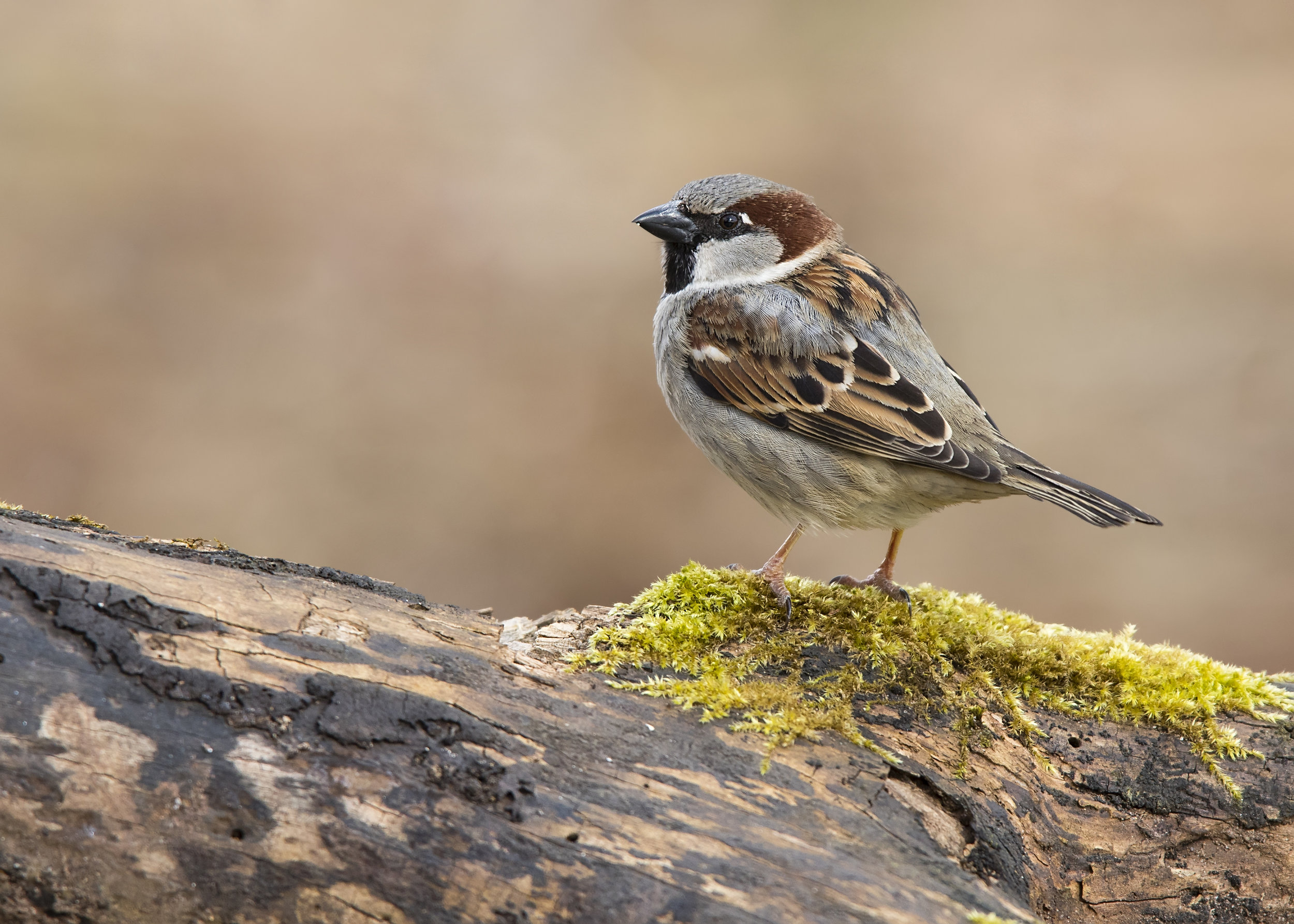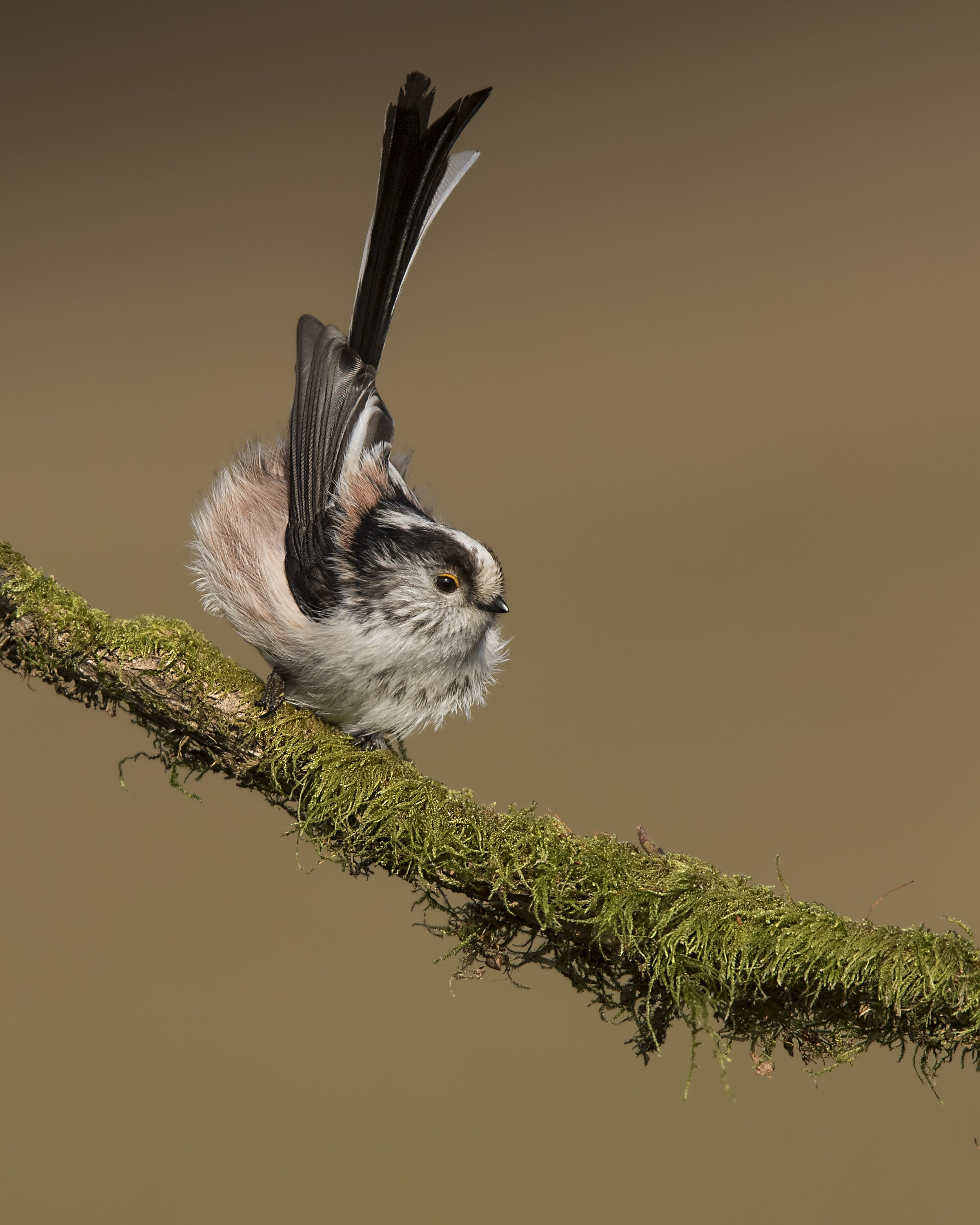If you haven't noticed already, the roadside verges in Torfaen are looking stunning! A real good show this year of wild flowers, especially cuckoo flower! There are more wild flowers on our roadside verges than there are on the entire wildflower meadows combined at Llandegfedd right now. It reminds me of how important these verges are, and also why its so important that people stop complaining to the council about them not being cut!
I'll never forget rocking up to Pet's at home in Cwmbran and looking at a small collection of Bee Orchids, Just because the council had missed a patch of grass on their cutting rounds! We had to then fight to keep it uncut so they at-least had chance to spread and be pollenated.
It's an age old thing to assume that an uncut verge is an act of negligence. If only people realised how important these plants, flowers and grasses are to our ecosystem. If you're one that doesn't like the look of a wash of tall greens and dandelions, ask yourself, why? What's wrong with it?
If the answer is, it causes a hazard on the road, then I agree to some extent that tall vegetation on the approach to roundabouts, does prevent you to look ahead at the road to see if anythings coming. To me, that's not a reason to cut an entire roads worth of wild flowers. It's possible to manage these zones sensibly to ensure safety, but it can be done to benefit both us and nature.
So, before you pick up the phone and start complaining to the council, please think about what choice you're making, and for who's benefit it actually is. The roadside shouldn't be managed like it's a Garden, because it's not! It's all that's left of the natural land that once was before we dug it all up a threw a load of concrete on it. #wildverges #losthabitat















